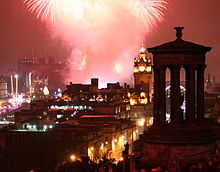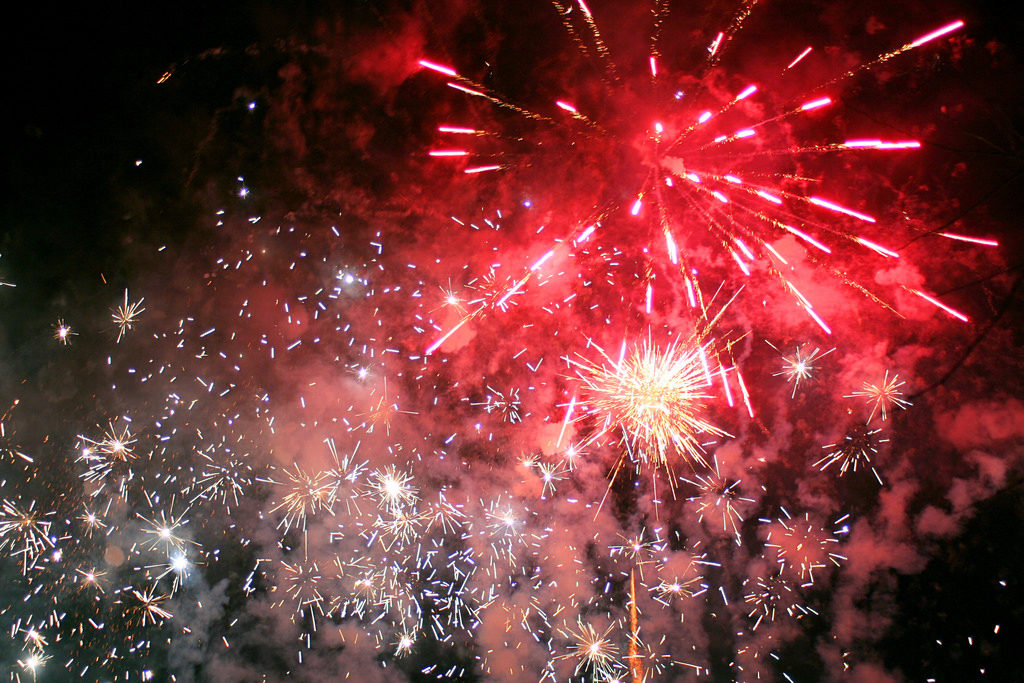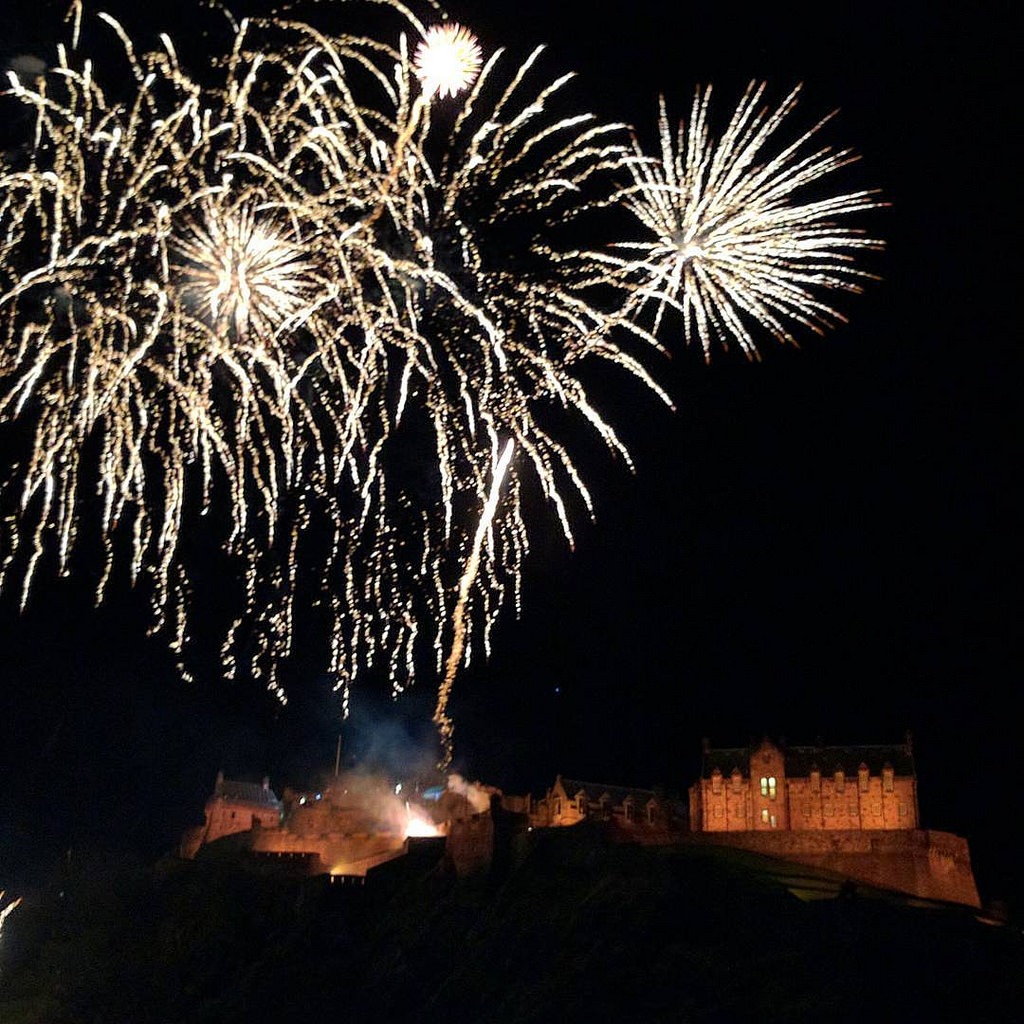New Years is that one day in a year where people give thanks and bid farewell to the last year and eagerly look forward to the coming year. It is widely celebrated in a number of ways by going to church, lighting up fireworks, making New Year resolutions and more. Each place or each country has its own way of celebrating New Year and Scotland celebrate theirs with a unique Scottish tradition.
Hogmanay is the Scots word for the last day of the year. It is also the celebration of the last day of the year usually followed by a celebration on the morning of New Year’s Day or 1 January.
First Footing
Hogmanay customs vary throughout Scotland but the most common widespread tradition being followed is the “first foot”. As the clock strikes 12 midnight, people visit their family, friends, or neighbors bringing with them traditional symbolic gifts like fruitcake. The guests are then usually offered a small whiskey in return. However, they pay special attention to the first guest or the first person to step foot inside the house. They believe that the first guest to enter the house will grant them good luck for the whole year to come. The luckiest was a man that is tall, dark and handsome. The unluckiest is a redhead while the unluckiest of all is a woman that is red-haired.
Fire Festivals
The use of fire to purify or drive evil spirits away has been going on since ancient times. Fire is the center of Hogmanay celebrations especially in the town of Stonehaven, Aberdeenshire in northeast Scotland. Stonehaven has one of the most dramatic of Scotland’s many New Year’s and Hogmanay fire festivals with their Stonehaven Fireballs. This are “balls” are made of chicken wire filled with papers and other dry flammable material that is then attached to a wire or chain.
Celebrations with street entertainment are being held up until 11 pm. The crowd watching will then start to count down the last few seconds before the New Year and as the Old Town House bell rings to mark the start of the New Year the fireballs are started being light. The Stonehaven Fireball Swingers raise their flaming balls and starts to swing them over and around their heads along with piper leading the fireball swingers into the town center from the Market Cross to the harbor. The fireballs that are still burning are all thrown into the sea. The ceremony then ends with a fireworks display being set off after the last fireball is cast into the harbor. Many people enjoy this display, and large flocks of a crowd of at least 12,000 spectators line the route of the event just to see it.
Saining of the House
This is a very old rural custom in the Highlands which is to celebrate Hogmanay with the saining or blessing of the household and livestock by means of holy water coming from a local stream. Saining is a Scot word for protecting, blessing or consecrating. On the morning of New Year’s Day, water is sprinkled in every room, on the bed and all the person living in the house. The house is then sealed up tight and the woman of the house will go from room to room holding a juniper branch set on fire filling the house with purifying smoke. They will then wait until the juniper smoke thoroughly fumigates the buildings. Once everyone in the house starts sneezing and coughing, all the doors and windows will be thrown open to let in the cold, fresh air of the New Year. The woman of the house then passes a whiskey around and the household sits down to its New Year breakfast.
Singing of Auld Lang Syne
As the clock strikes midnight for New Year, people start linking arms in a circle in Edinburgh’s Hogmanay. With arms that are crossed over one another, participants begin singing the “Auld Lang Syne”. This Hogmanay custom of singing “Auld Lang Syne” has become a tradition as well in many countries.
Redding the House
It is a Hogmanay tradition that almost all families in every household probably practice. Redding, the house is doing a major cleanup to prepare the house for the New Year. Sweeping the fireplace clean was very important. After the cleaning of the house, someone will then go from room to room holding a smoking juniper branch. At a time of year when fire plays a huge part in celebrations, this act is believed to discourage evil spirits and chase away disease.
Many countries celebrate the New Year in their own unique tradition or custom. And even if we celebrate it differently, it is still a happy day for everyone and a day that marks new opportunity and positive changes for the coming year.



